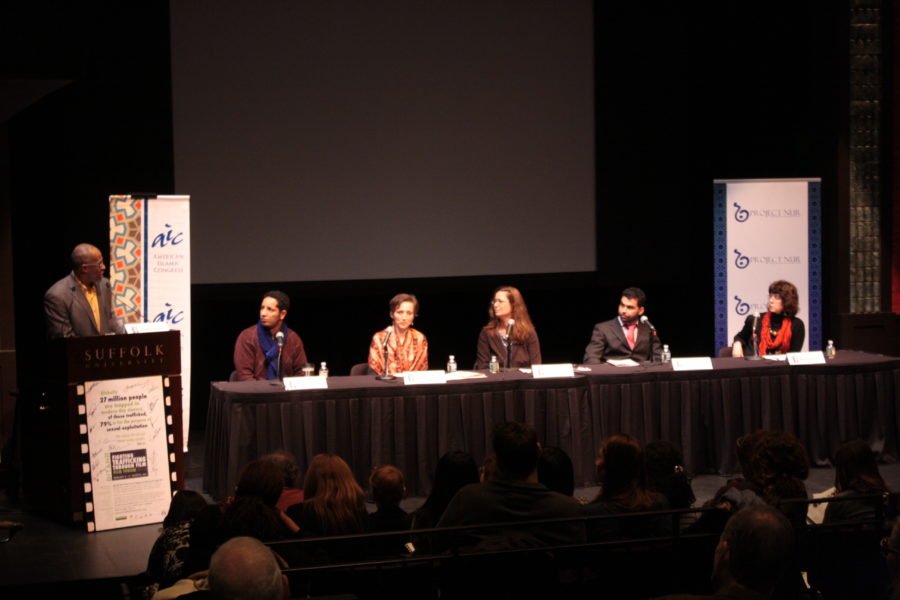The first murder in 100 years
Sarina Tracy
Journal Staff
“Two wrongs do not make a right,” is a proverb that most kids can trace back to their childhood. In this day and age, however, it seems as if our government’s “mom” is missing, because this message has yet to infiltrate their judicial policies. I am referring to the ever-controversial death penalty.
At 9:13 p.m. on September 23, 41-year-old Teresa Lewis was executed in the Greensville Correction Center, in Jarratt, Virginia. She was the alleged architect of the plan to murder her husband and stepson, carried out by two gunmen in 2002. The two gunmen were spared the capital sentence and received life without parole. Lewis, however, received capital punishment, or the more aptly named “death penalty.” She was the first woman to be executed in Virginia in nearly a century.
One of many concerns in this case was the fact that Teresa Lewis had been diagnosed with borderline mental retardation. In 2002, the US Supreme Court forbade the execution of the mentally retarded, but since Lewis was found to have an IQ two points above Virginia’s determination of mental retardation, neither the governor nor the Supreme Court stepped in to defend these exceptional circumstances.
Before the execution, Richard Dieter, Executive Director of the Death Penalty Information Center exhibited his frustration. “It would be grossly unfair,” he said, “if the one person among those involved who is probably the least danger to society, who is certainly not guiltier than those who carried out the murders, and whose disabilities call out for mercy, is the only person scheduled to die for this crime.” His plea fell on deaf ears.
Teresa Lewis’ last words were, “I just want Kathy to know I love her. And I am very sorry.”
Amnesty International defines the death penalty as “the ultimate denial of human rights.” Killing a person in exchange for the crimes they have committed seems to inherently negate the principles of humanity that our country fights so hard to protect: life, and the protection of it. To suggest killing as a resolution, or even a consolation prize for the crime committed, is incredibly incoherent and embarrassing.
Not only is capital punishment contradictory, but it is an incredibly faulty practice. Since 1976, 82 inmates have been freed from death row in the United States. That ends up being one death row inmate wrongfully convicted for every seven executed. What is more frightening are the methods used to execute. Lethal injection is the standard method in use, although death by electrocution, hanging, firing squads and gas chambers are still available options for certain states in our country.
The cost of using capital punishment verses life in prison is astronomical: about $1.9 million dollars more, in fact. Would it not be more logical for all states in our country to stop this, especially in our economic recession? Are we stuck in the primitive ideology of “an eye for an eye?” Is death a more adequate form of justice than a long, disgusting life in prison? Frankly, I do not believe murderers deserve the same finale that we use when putting down the beloved family dog.
My suggestion is to abolish the death penalty. Not only is it a barbaric practice – one that our country does not need – it is a morally fragmented one. Two wrongs do not make a right. The government needs to understand that justice in the form of reciprocal death is not justice. It is the antithesis of liberty, human life, and an unfortunate ending to an already sad story.













